1. The internet is under the sea
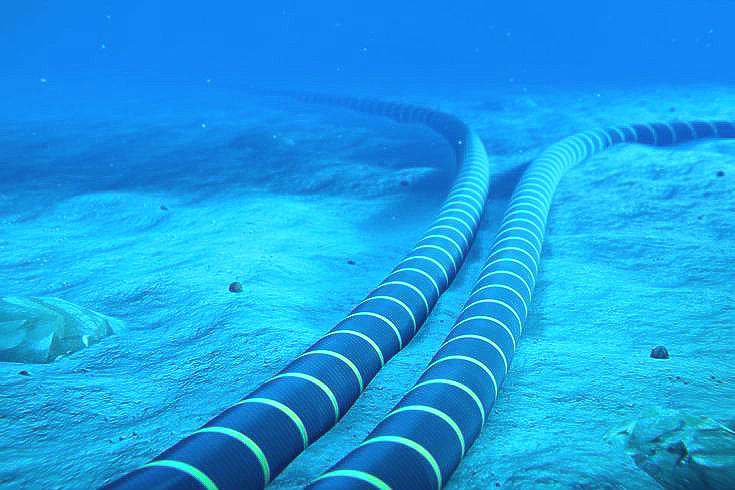
Despite the common phrase “the cloud,” the internet is not floating in the air. In reality, almost all global internet traffic travels through undersea fiber-optic cables stretching across the ocean floor. Satellites play a role in connecting remote areas, but they handle only a tiny fraction of the world’s data. These cables link continents and countries, making it possible to send an email from New York to Tokyo or stream a video from London to Cape Town within seconds. Without them, the modern internet as we know it simply would not exist.
2. Cables are thinner than hair

At the heart of these cables are strands of glass so thin they make human hair look thick by comparison. These fibers are bundled together and protected by layers of insulation, steel, and waterproof coating to withstand deep-sea pressures and currents. The glass fibers transmit data as pulses of light, which can carry enormous amounts of information at once. To put it in perspective, a single cable can transfer terabits of data every second, supporting millions of simultaneous connections. Despite their delicate core, they’re engineered to survive decades in one of the harshest environments on Earth.
3. Data moves at light speed

Every time you send a message, make a video call, or transfer money online, your data races through these fibers at nearly the speed of light. While it slows slightly when traveling through glass compared to air, it still covers thousands of miles in milliseconds. That’s why someone in California can instantly video chat with a friend in Paris or a stock trader in London can react to shifts on Wall Street in real time. The cables ensure our digital world feels immediate, even though the information is actually moving across oceans.
4. Over 900,000 miles of cable exist
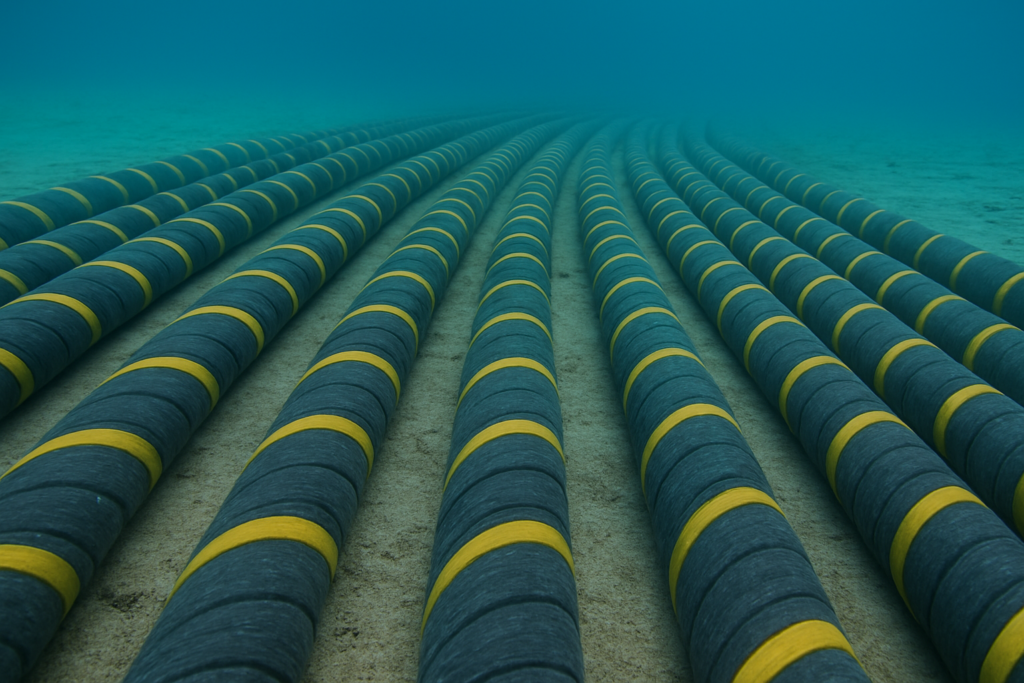
Right now, more than 900,000 miles of undersea cable connect the globe. That’s enough to circle the Earth around 30 times. These cables span every continent except Antarctica, linking countries with a vast and invisible nervous system that keeps economies and societies connected. For example, one route runs from the United States to Europe across the Atlantic, while others connect Asia to Africa and South America. Together, they form a web that makes worldwide communication possible, from business deals to personal conversations. Without this massive network, the internet would be fragmented and far less reliable.
5. One cable can cost $500 million

Building an undersea cable is a massive undertaking that can cost anywhere from hundreds of millions to half a billion dollars. Planning involves mapping safe routes across the ocean floor, avoiding geological hazards and territorial disputes. Once ready, specialized ships carefully lay the cable for thousands of miles, ensuring it rests securely on the seabed. The process can take years from design to completion. Given the expense, many projects are funded by consortia of telecom companies or even tech giants like Google and Meta, who need reliable global connections to power their services.
6. Built to last 25 years (But not always)
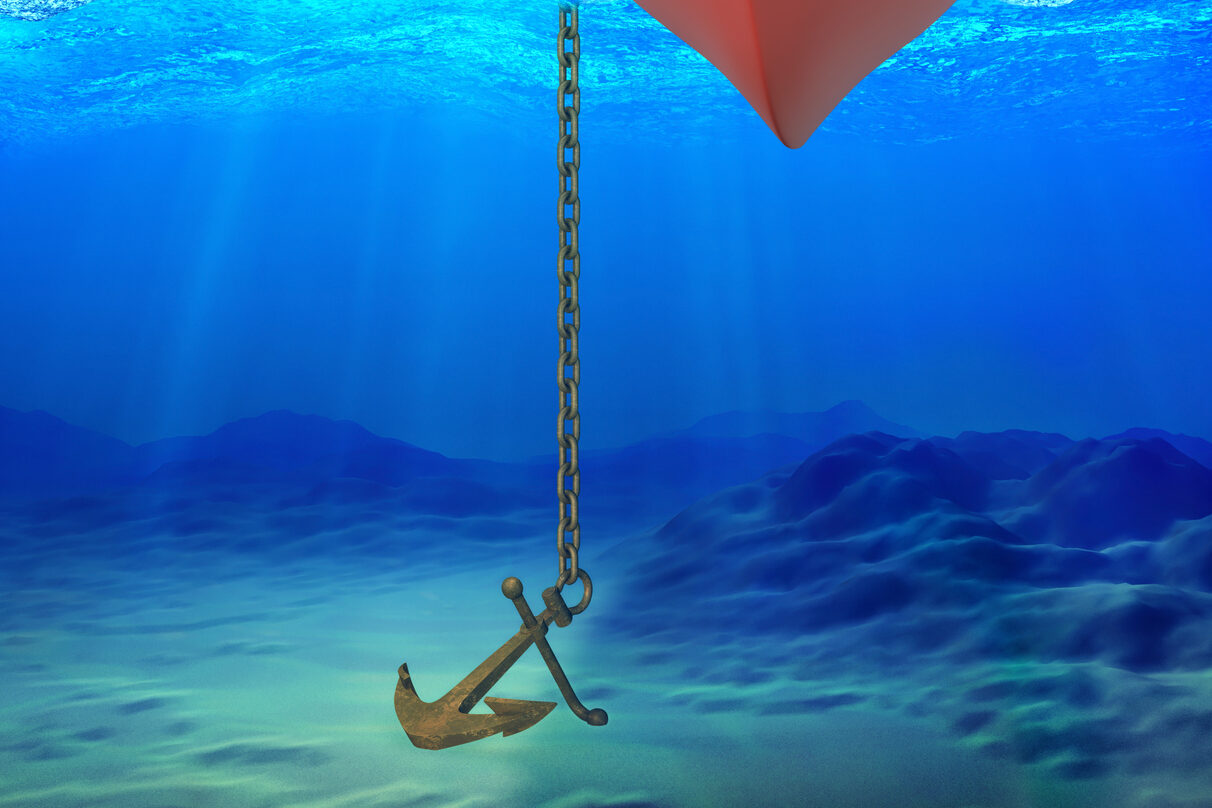
Undersea cables are engineered with an expected lifespan of about 25 years, but not all of them make it that long. Everyday hazards like ship anchors, fishing trawlers, or even underwater landslides can damage them much sooner. Earthquakes have also snapped cables in places like Taiwan, causing widespread outages. While some cables have indeed served for decades, others have had to be replaced or repaired within just a few years. Their vulnerability reminds us that even the most advanced global infrastructure can be at the mercy of nature and human activity.
7. Breaks are common
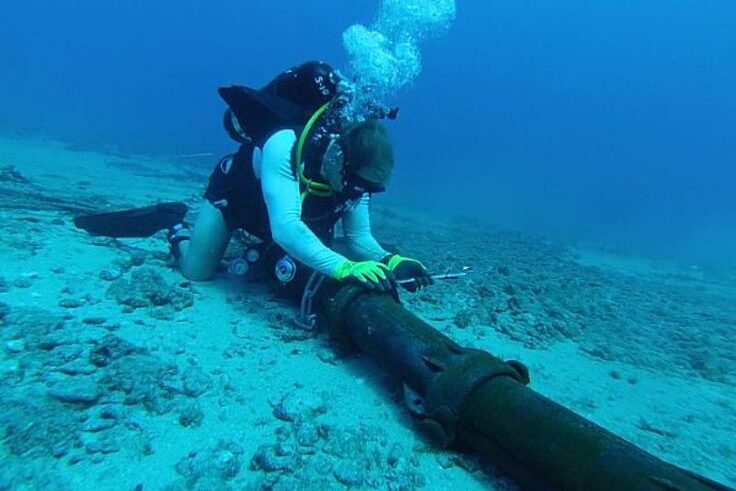
More than 100 cable breaks occur every year, and repairing them is far from simple. Specialized ships equipped with robotic submersibles or grappling hooks must locate the damaged section, haul it up from the ocean floor, and carefully splice in a replacement piece. Or, specialized underwater cable repair team may go in to fix the issue if it’s minimal. Considering some cables rest miles beneath the surface, this process can take weeks and costs millions of dollars. Meanwhile, internet traffic is rerouted through alternate cables, which helps minimize disruption but can still cause slowdowns and service issues in affected regions.
8. One break can cut off a nation
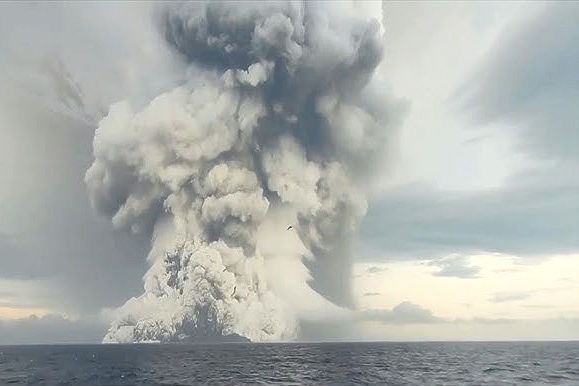
In 2022, Tonga’s only undersea cable snapped following a volcanic eruption, leaving the island nation largely offline for weeks. With limited satellite backup, phone calls, banking systems, and everyday internet use were disrupted. Similar outages have happened in parts of Africa and the Middle East, where fewer cables mean one break can have devastating effects. These incidents highlight just how dependent entire countries can be on a single fragile line lying on the seabed, underscoring the importance of redundancy in global connectivity.
9. Big Tech owns much of it

While governments and telecom companies once dominated undersea cable ownership, today’s biggest players are tech giants like Google, Meta, Amazon, and Microsoft. These companies have built and co-own a large share of new transoceanic cables to support their massive data needs. For example, Google’s “Equiano” cable connects Europe to Africa, while Meta and Microsoft have partnered on the “MAREA” cable across the Atlantic. By directly investing in the infrastructure, these companies ensure their services run smoothly for billions of users worldwide while also shaping the future of global connectivity.
10. They snake across the seafloor

Once cables are laid in deep waters, they are usually left unburied, simply resting on the ocean floor. They drape across valleys, trenches, and underwater mountains in a way that few people ever see. In shallow areas near coastlines, cables are often buried beneath the seabed to protect them from anchors and fishing gear, but in the open ocean, they remain exposed. Despite this, they’re surprisingly resilient, enduring crushing pressures and icy temperatures. It’s a reminder that one of the most critical pieces of modern technology lies silently beneath us, hidden from almost all human eyes.
11. Fiber still beats satellites
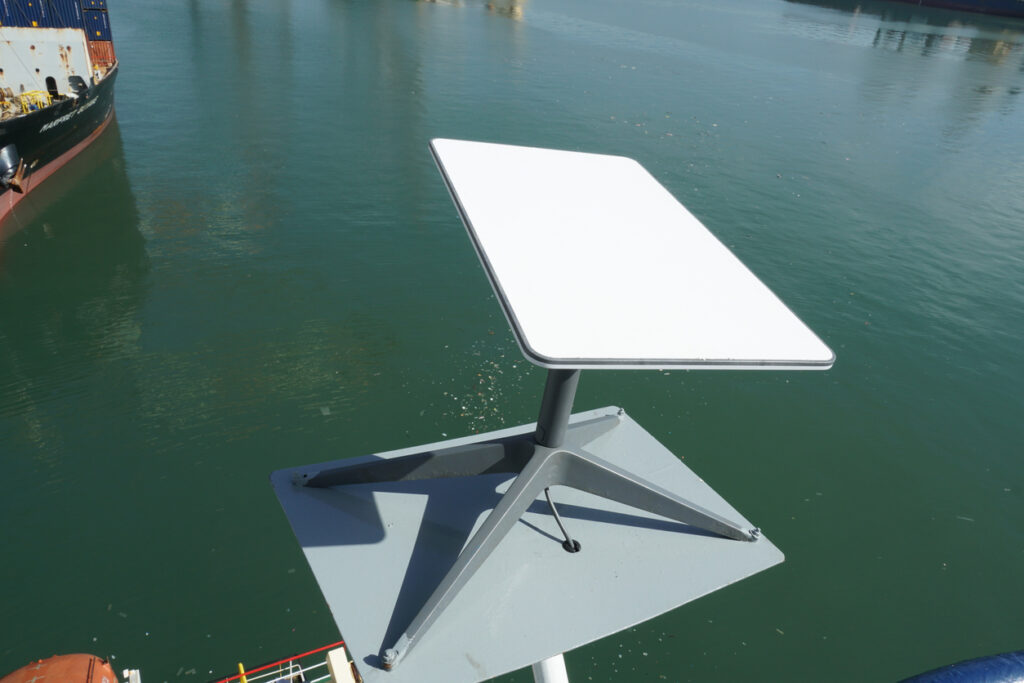
While satellite internet options like Starlink are growing, fiber-optic cables remain the fastest, cheapest, and most reliable way to move data across the globe. Satellites have higher latency because signals must travel thousands of miles into space and back, whereas fiber sends information through light pulses directly under the sea. This speed is vital for everything from streaming movies without buffering to financial markets where milliseconds matter. Satellites serve an important role in reaching remote communities, but for the vast majority of internet traffic, undersea fiber is still the gold standard, and will be for years to come.
This story was first published on Daily FETCH


